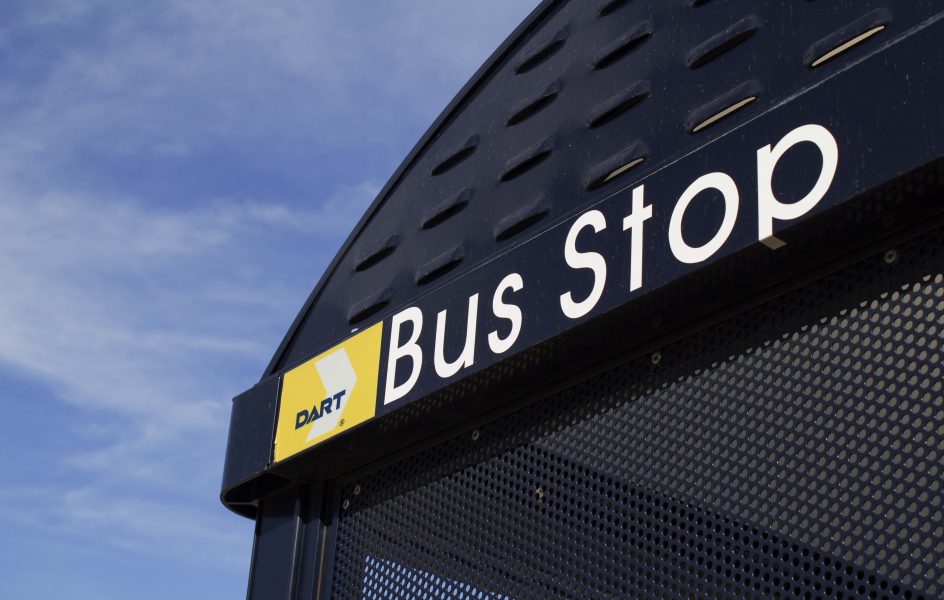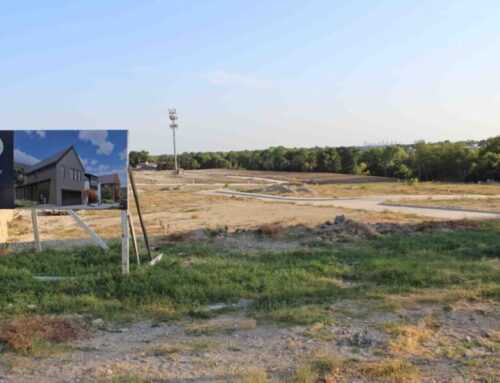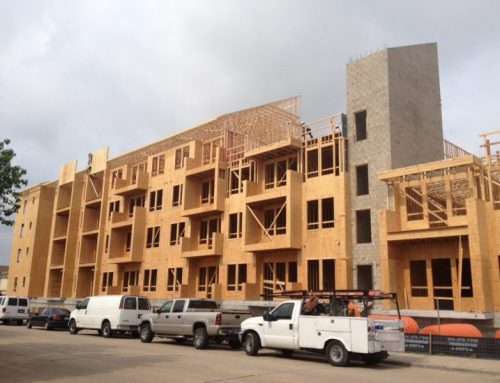
If asked whether they regularly use public transportation, most Dallasites would respond in the negative. That may be because transportation is unaffordable for 99 percent of the people who need it most, according to a study by the University of Texas at Arlington. Ideally, public transit provides an environmentally friendly way to travel, while helping people out of poverty by providing cheap, reliable transportation to and from work. The new study is critical of Dallas Area Rapid Transit’s (DART) ability to do just that.
Since 2000, the population of Dallas has grown by 9.7 percent, while the poverty rate has grown 22 percent. I know we all aren’t math majors, but that means Dallas as a whole is becoming poorer, despite all the growth. In theory, DART could be part of bringing those numbers closer together.
The study highlights a “Transit Dependent Core” of Dallasites, mostly in southern Dallas, who need public transit in order to get to work and other places. This core includes the poor, the elderly, those with disabilities or those without a driver’s license. More than 99 percent of these folks cannot afford transportation, and one-third of the people in this core do not have walking access (.25 miles for a bus and .5 miles for rail) to a transit station, adding to the difficulty of getting around.
While DART touts that it is the largest light rail system in the country, Dallas ranks 15 out 20 in riders per mile in large cities with light rail, meaning people don’t actually ride all those miles of track. This is partly because the system does not connect people with jobs in an efficient way. More than 65 percent of transit dependent Dallasites have access to less than 4 percent of regional jobs within a 45 minute commute. Many low skilled jobs for those within the Transit Dependent Core are in the outer suburbs, but public transportation doesn’t connect the two.
There is a great deal to learn from the study, and it may be confirming what many already knew about DART. The study recommends increased frequency, better contracts with other cities to connect people to jobs, and to consider public transportation when building public housing.
While the study was grim, there may be hope for DART and Dallas. Last year, urbanist and public transportation advocate Patrick Kennedy was appointed to the DART board, over Howard Gilberg, who said he wasn’t familiar with where DART routes actually went. DART was also noted in the study as being one of the more affordable options, which is a step in the right direction.







Leave A Comment